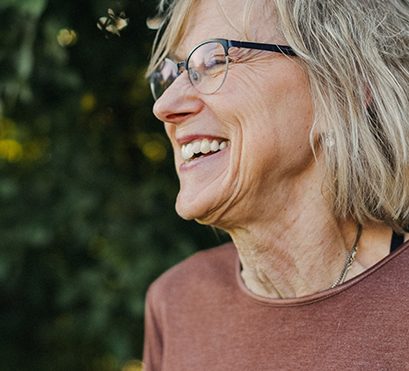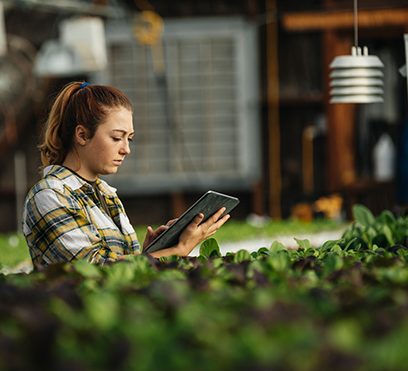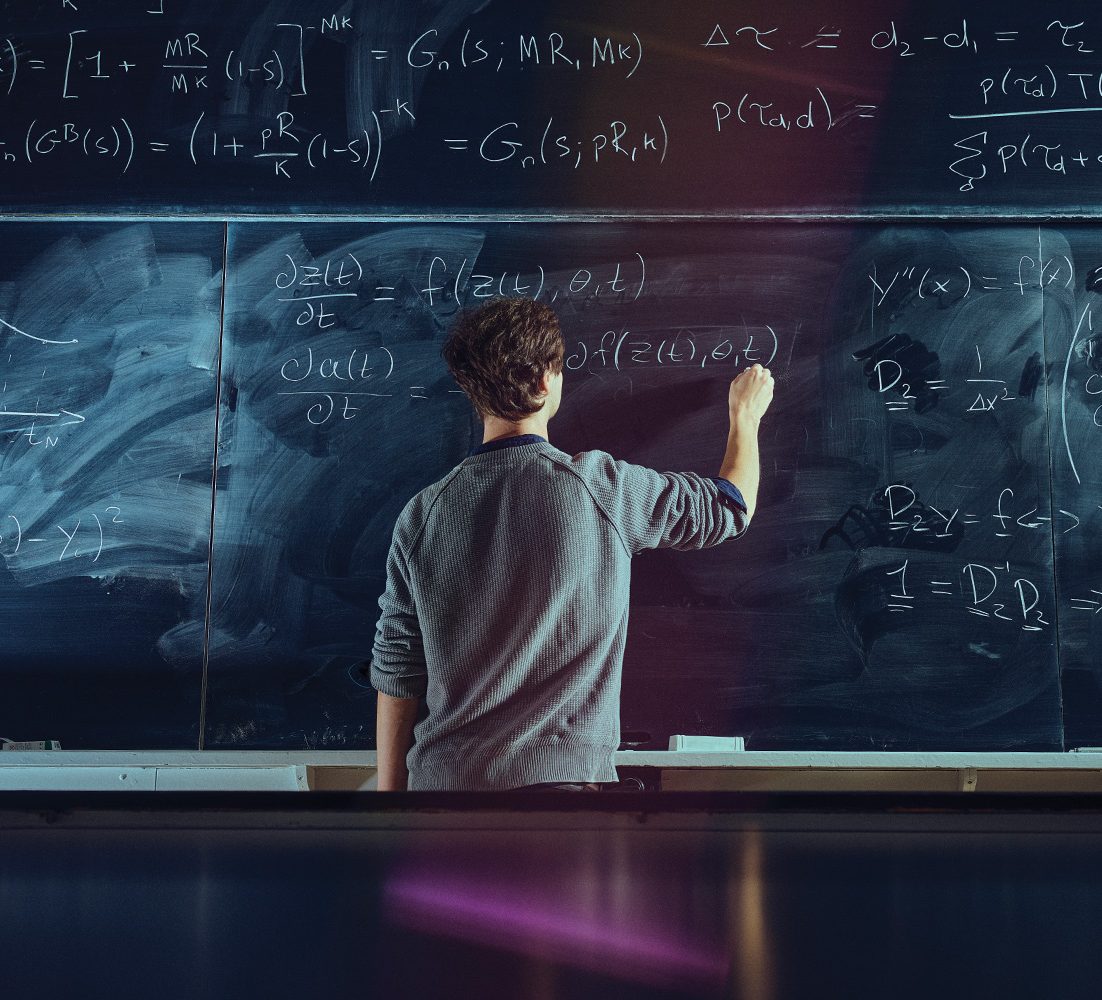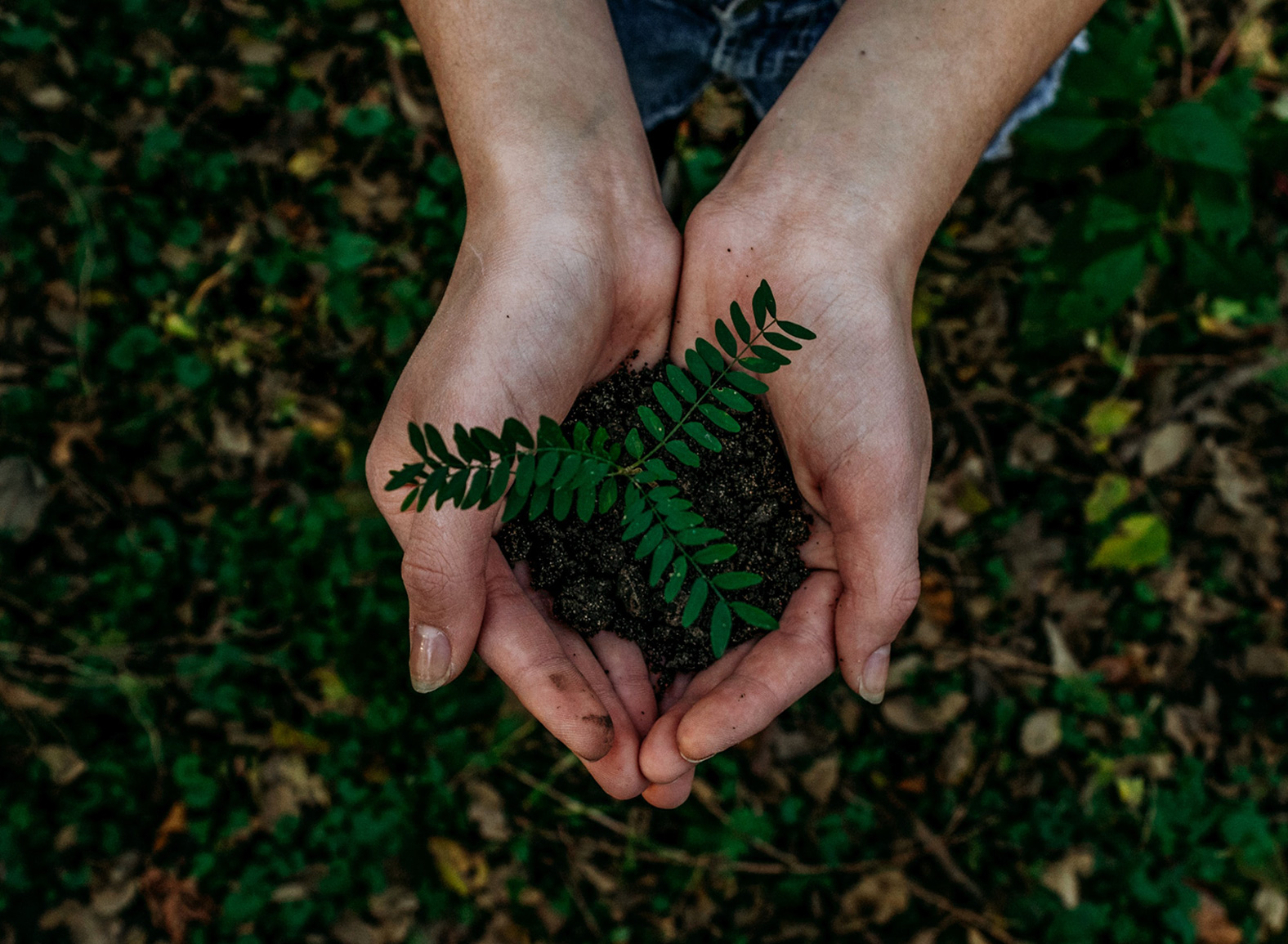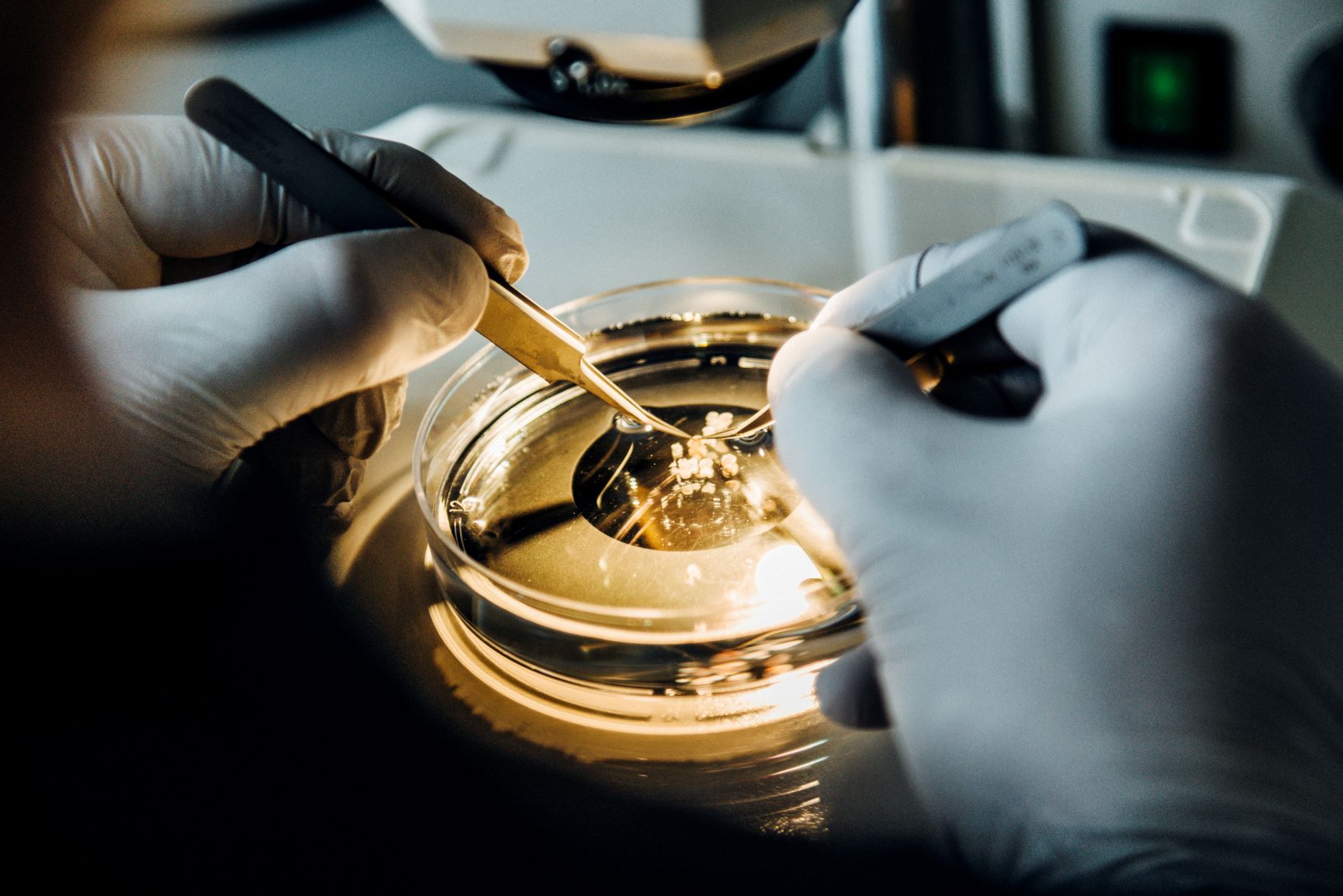The development of sustainable batteries based on fungi and a new method of filtering chemicals and drug residues from wastewater.
These are the key elements of two of the projects that have recently received grants through the Novo Nordisk Foundation Interdisciplinary Synergy Programme, which supports innovative interdisciplinary research within biotechnology and health. The Foundation has awarded grants totalling DKK 75 million for the five projects.
The Foundation awarded the two grants within sustainability to Jens Laurids Sørensen, Associate Professor, Department of Chemistry and Bioscience, Aalborg University and Claus Hélix-Nielsen, Professor, Department of Environmental Engineering, Technical University of Denmark.
Jens Laurids Sørensen wants to develop a completely new type of battery by switching from conventional and non-sustainable materials to pigments derived from fungi. He also wants to develop batteries that can be integrated into the electricity grid so they can be used as a renewable energy source. Claus Hélix-Nielsen’s project is also based on biological materials and mechanisms. His project targets developing novel designed enzymes to filter chemicals from wastewater and to recover valuable resources from the water. Read the descriptions of the researchers’ projects below.
The other three grants focus on diseases and have been awarded to researchers from Aarhus University, the Danish Cancer Society and the University of Copenhagen.
Peter Balling, Professor, Department of Physics and Astronomy, Aarhus University, will seek to develop new methods of measuring the quantity and distribution of radiation delivered in radiotherapy of diseases such as cancer, and Jesper Nylandsted, Associate Professor and Group Leader, Danish Cancer Society, wants to elucidate the body’s repair mechanisms. Cancer is one thing that can develop if these mechanisms do not function optimally. Finally, Ian Hickson, Professor, Department of Cellular and Molecular Medicine, University of Copenhagen, wants to photograph and investigate defects in diseased chromosomes to develop new preventive and diagnostic procedures for treating disease. Read the descriptions of the researchers’ projects below.
Each of the five projects received a grant of DKK 15 million. A condition for all the projects is that they must be carried out in collaboration with several Danish and international partners.
About the individual projects
Grant recipient
Claus Hélix-Nielsen, Professor, Department of Environmental Engineering, Technical University of Denmark, Lyngby
Project title
New Enzyme- and Protein-based Wastewater Treatment for Contaminant Degradation and Resource Recovery
Co-applicants
Maher Abou Hachem, Professor, Department of Biotechnology and Biomedicine, Technical University of Denmark, Lyngby
Per Amstrup Pedersen, Professor, Section of Cell Biology and Physiology, Department of Biology, University of Copenhagen, Denmark
Irena Ban, Assistant Professor, Laboratory for Inorganic Chemistry, Faculty of Chemistry and Chemical Engineering, University of Maribor, Slovenia
The project in brief
The researchers plan to develop new enzyme-based membranes that can filter out chemicals and drug residues from wastewater and bind and recover valuable resources such as phosphate.
“The current consumption of the world’s water and resources is progressing at an unsustainable rate and there is an urgent demand for cost-effective and feasible technological applications for the combined upcycling and reuse of water together with recovery of scarce and non-renewable resources. In this project, we will develop a generic framework for water treatment and resource recovery by combining existing wastewater treatment technology with novel designed dedicated enzymes capable of degrading persistent contaminants and scavenging resources,” says Claus Hélix-Nielsen.
Grant recipient
Jens Laurids Sørensen, Associate Professor, Department of Chemistry and Bioscience, Aalborg University, Denmark
Project title
Fungal Batteries for Storing Sustainable Energy
Co-applicants
Frede Blåbjerg, Professor, Department of Energy Technology, Aalborg University, Denmark
Jens Christian Frisvad, Professor, Department of Biotechnology and Biomedicine, Technical University of Denmark, Lyngby
Kåre Lehmann Nielsen, Professor, Section of Biotechnology, Department of Chemistry and Bioscience, Aalborg University, Denmark
The project in brief
The researchers will utilize quinones in fungi to develop batteries that are more sustainable than current batteries, the production of which uses rare and non-renewable resources.
“As energy production from windmills and solar power is fluctuating due to weather conditions, storage solutions are needed for full exploitation. We will therefore develop a sustainable demonstration model of a redox flow battery based on fungal pigments. We will apply a multidisciplinary approach where we will develop genetically engineered fungal strains with superior pigment production, an effective and cheap extraction procedure and an integrated interface for incorporating the battery into the existing grid,” says Jens Laurids Sørensen.
Grant recipient
Peter Balling, Professor, Department of Physics and Astronomy, Aarhus University, Denmark
Project title
Three-Dimensional Radiation Dosimetry: Facilitating High-Resolution Cancer Treatment
Co-applicant
Ludvig Paul Muren, Professor, Department of Clinical Medicine and Department of Medical Physics, Aarhus University and Aarhus University Hospital, Denmark
The project in brief
The researchers will develop techniques to measure the quantity and distribution of radiation delivered in radiotherapy of diseases such as cancer.
”In this interdisciplinary project, materials and optical physicists will collaborate with medical physicists to develop new materials and optical methods that can measure absorbed dose distribution in 3D. The project will demonstrate the clinical application of the new dosimeter technologies, and this also applies within the newest treatment technologies such as proton beam therapy and in integrated MRI and beam therapy installations,” says Peter Balling.
Grant recipient
Jesper Nylandsted, Associate Professor and Group Leader, Danish Cancer Society, Copenhagen, Denmark
Project title
A Multidisciplinary Platform for Revealing Mechanisms of Annexin-mediated Plasma Membrane Repair
Co-applicants
Poul M. Bendix, Associate Professor, Niels Bohr Institute, University of Copenhagen, Denmark
Adam Cohen Simonsen, Associate Professor, Department of Physics, Chemistry and Pharmacy, University of Southern Denmark, Odense
Himanshu Khandelia, Associate Professor, Department of Physics, Chemistry and Pharmacy, University of Southern Denmark, Odense
The project in brief
The researchers will develop in-depth understanding of the physical and molecular mechanisms underlying cell membrane repair.
”Disruption of the cell membrane poses a lethal threat to human cells. Thus, cells have developed efficient repair mechanisms to cope with membrane disruptions. Our research project aims at elucidating fundamental biophysical mechanisms of cell membrane repair, with particular focus on how cancer cells cope with membrane disruptions,” says Jesper Nylandsted.
Grant recipient
Ian Hickson, Professor, Department of Cellular and Molecular Medicine, University of Copenhagen, Denmark
Project title
ChromoCapture: A Pioneering Chromosome Analysis Platform for Interrogation of Disease Etiology
Co-applicants
Eva Hoffmann, Professor, Department of Cellular and Molecular Medicine, University of Copenhagen, Denmark
Anders Kristensen, Professor, Department of Micro- and Nanotechnology, Technical University of Denmark, Lyngby
Gijs Wuite, Professor, Physics of Living Systems Section, Faculty of Sciences, Vrije Universiteit Amsterdam, Netherlands
The project in brief
The researchers will develop a new platform using such tools as optical tweezers and lasers to investigate and manipulate chromosomes.
“The aim of ChromoCapture is to use advanced techniques in physics to manipulate human chromosomes while imaging them in three dimensions at high resolution. This will allow us to investigate the defects present in diseased chromosomes and should facilitate the development of new preventive and diagnostic procedures used in the treatment of human disease,” explains Ian Hickson.
Further information
Christian Mostrup Scheel, Senior Press Officer, phone: +45 3067 4805, [email protected]

